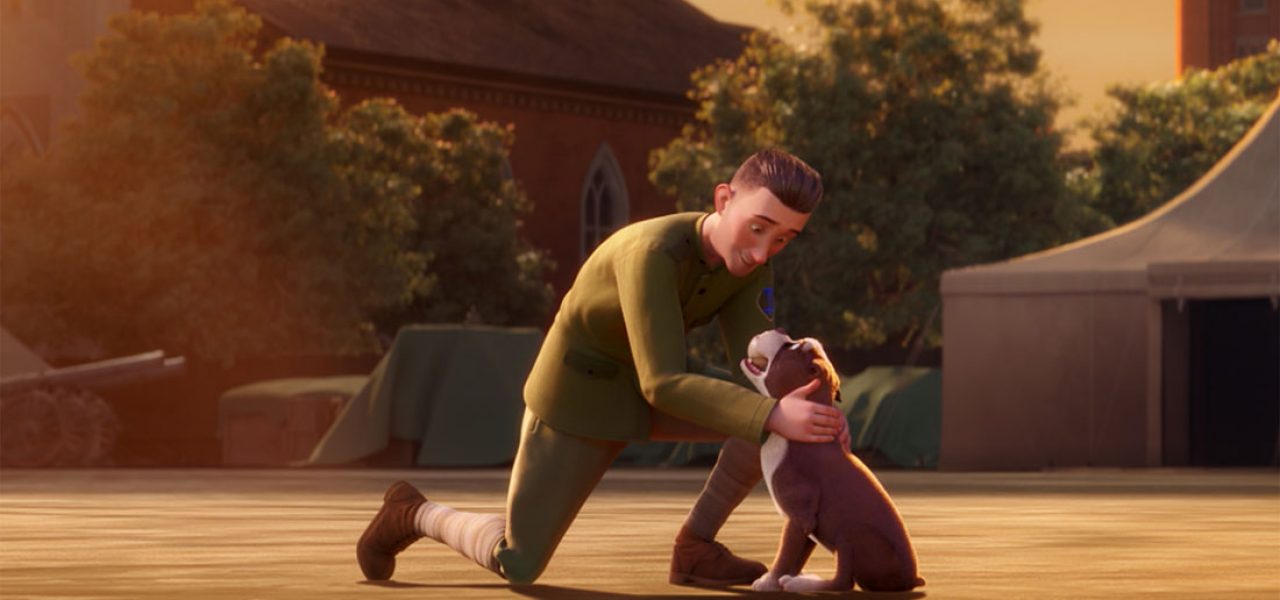
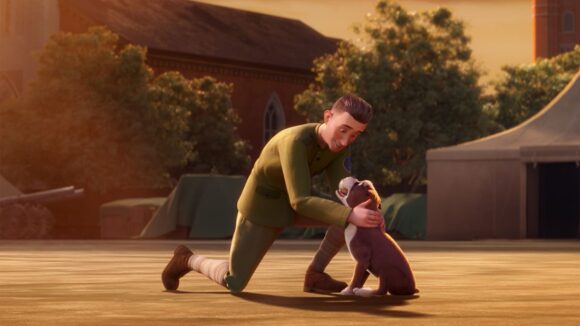
Interview: Director Richard Lanni On ‘Sgt. Stubby,’ Opening In Theaters Today
Sgt. Stubby: An American Hero, an unconventional cg feature animation production with a historical bent, opens wide in U.S. and Canadian theaters today.
The World War I-era film follows a stray dog from Connecticut who befriends a young soldier and soon finds himself fighting alongside the American doughboys in the trenches of France. Remarkably, it’s based on the true story of a dog, Stubby, who became the first canine promoted to the rank of Sergeant in U.S. Army history.
The $25-million international co-pro was produced and distributed by Columbus, Georgia-based newcomer Fun Academy Motion Pictures, with animation created at Montreal’s Mikros Animation (The Little Prince, Captain Underpants: The First Epic Movie). France, Ireland, and the U.K. also participated in various stages of production.
Cartoon Brew spoke with the film’s director, Richard Lanni, via e-mail to learn more about how the film was constructed and the challenges of being a first-time feature animation producer.
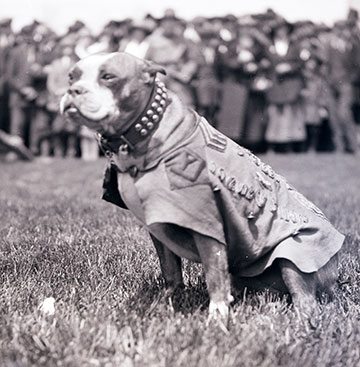
Cartoon Brew: When I first heard of Sgt. Stubby, it sounded fictional, so it’s quite remarkable to learn that the story is rooted in historical fact. How did you first discover the story?
Richard Lanni: I was working on a World War I documentary series when I came across the story of Stubby and it jumped off the page at me. As a dog lover and a historical filmmaker, it was an absolute gift.
As a historical filmmaker, what was important to keep accurate when adapting the story into an animated feature – and where did you find it was possible to take liberties and expand the story or characters?
Richard Lanni: There are many well documented stories about Stubby, but no one was following him around recording each and every day so I had to take the world we knew about and expand it with the creation of composite characters, and as a dog owner I was able to study my own dog and use moments in the course of his day to replicate for Stubby.

Relatedly, what kind of research was involved in capturing the WWI era depicted in the film?
Richard Lanni: We conducted extensive research on the conditions faced by the AEF (American Expeditionary Forces) in France and we found an account by a soldier from Stubby’s regiment which enabled us to pinpoint exactly where he was and when. Also, we assembled a significant archive of images relating to equipment and uniforms so we could be as accurate as possible.
The film uses a more naturalistic art direction palette and realistic performances than we’re accustomed to in most commercial animated features. For example, Stubby isn’t a talking dog, but behaves like a real dog. What inspired this approach?
Richard Lanni: The WW1 trench environment was particularly inhospitable so we took a decision early on to introduce flecks of color into the timbers shoring up the trenches as though they had been built from reclaimed wood. To heighten the drama during battle scenes we made the sky red instead of having the usual blue skies with fluffy white clouds. Also, as Stubby doesn’t talk we had the challenge of bringing him to life for our audience and we did this by making him extremely expressive, giving him his own key light and using a dog trainer for his movements.
As a first-time feature animation filmmaker, what kind of challenges did you encounter, and what surprised you most about the animation process?
Richard Lanni: Everything!!! Having shot live action reenactment I was used to seeing rushes and making choices whereas with animation, although I was placing the camera, the team were creating the images that I was seeing and this was a painstaking process. It is filmmaking when all is said and done, but it requires a huge amount of patience and attention to detail. I was incredibly fortunate to have a wonderful supportive team around me and they made the transition much easier, but they had to be very patient as I asked questions and learned the ropes.
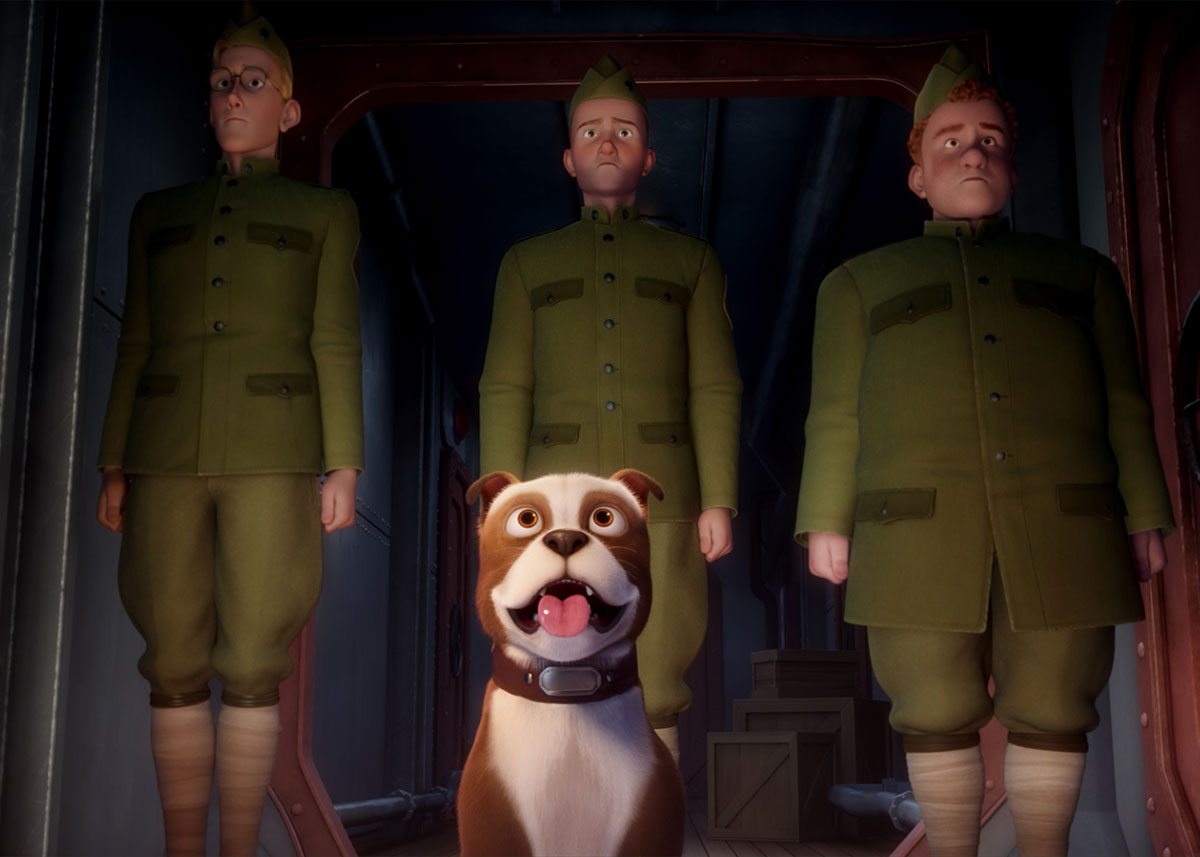
Tell us a little bit about how Fun Academy was formed and how the studio plans to distinguish itself from all of the other studios producing cg animated features?
Richard Lanni: We are in our own lane and if Stubby works well with our audience we will know that families are open to alternative content of charm and substance that contains plenty of entertainment for an inter-generational audience while telling important stories.
How many animation studios did you explore before settling on Technicolor’s Mikros in Montreal, and what were the factors that made you choose them as the production service studio?
Richard Lanni: We talked to a number of studios, but we settled on Mikros because they were a subsidiary of Technicolor and ultimately that proved the right decision as Technicolor piled in resources to help us complete the project on time.
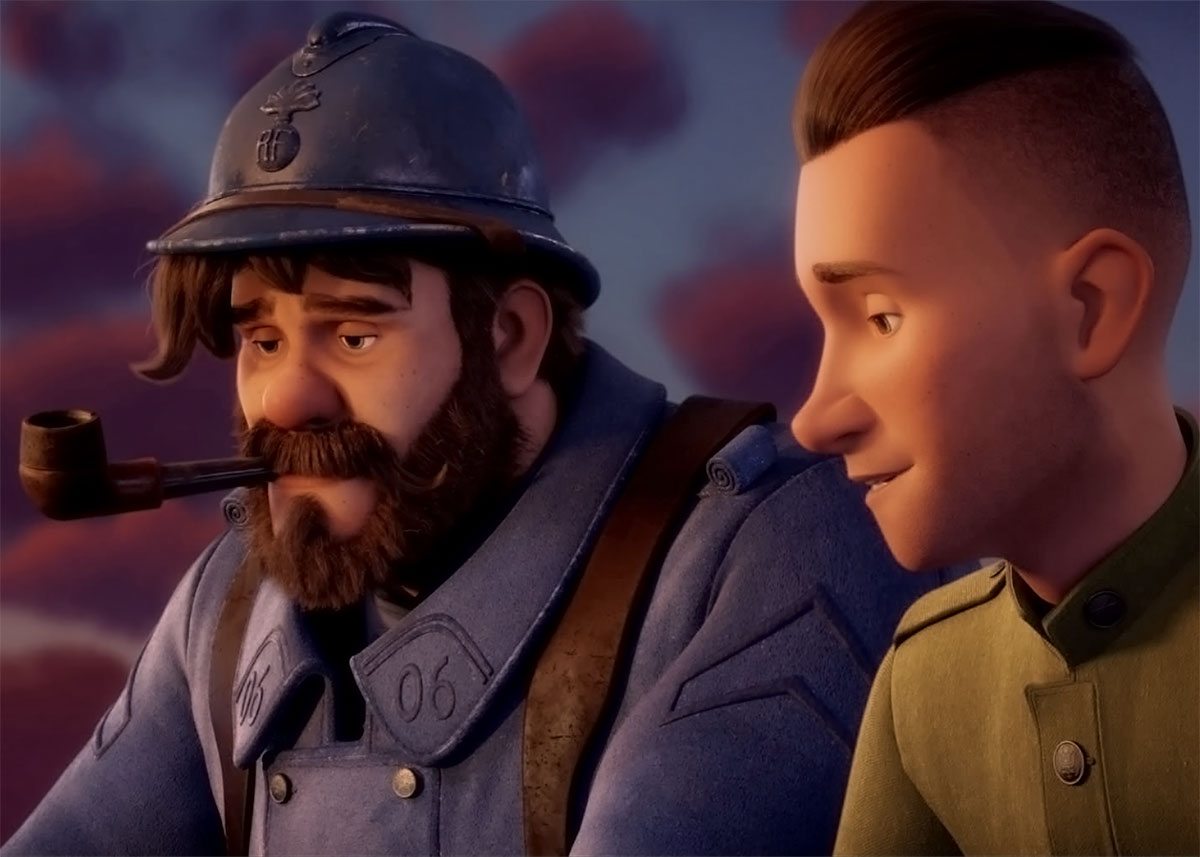
Animated features that don’t have major studio distributors behind them often don’t receive the attention they deserve in the marketplace. How is Fun Academy promoting the film, and working to ensure that it reaches the widest possible theatrical audience?
Richard Lanni: Everything about this project has been risky, but perhaps the biggest risk we have taken is to take our movie directly to market. We have, however, recruited industry professionals from the likes of Universal, Paramount, and Fox to guide our project to market, so in essence, we are acting just like any major studio, but with much less P&A.
Stubby has a natural built in audience from dog shelters, educators, dog lovers and people interested in military history, so we have built a relationship with these groups over an 18-month period leading up to box office and we hope that these groups will form the core of our opening audience as we seek to cross over in to the general audience. Who doesn’t love a cute little dog?
